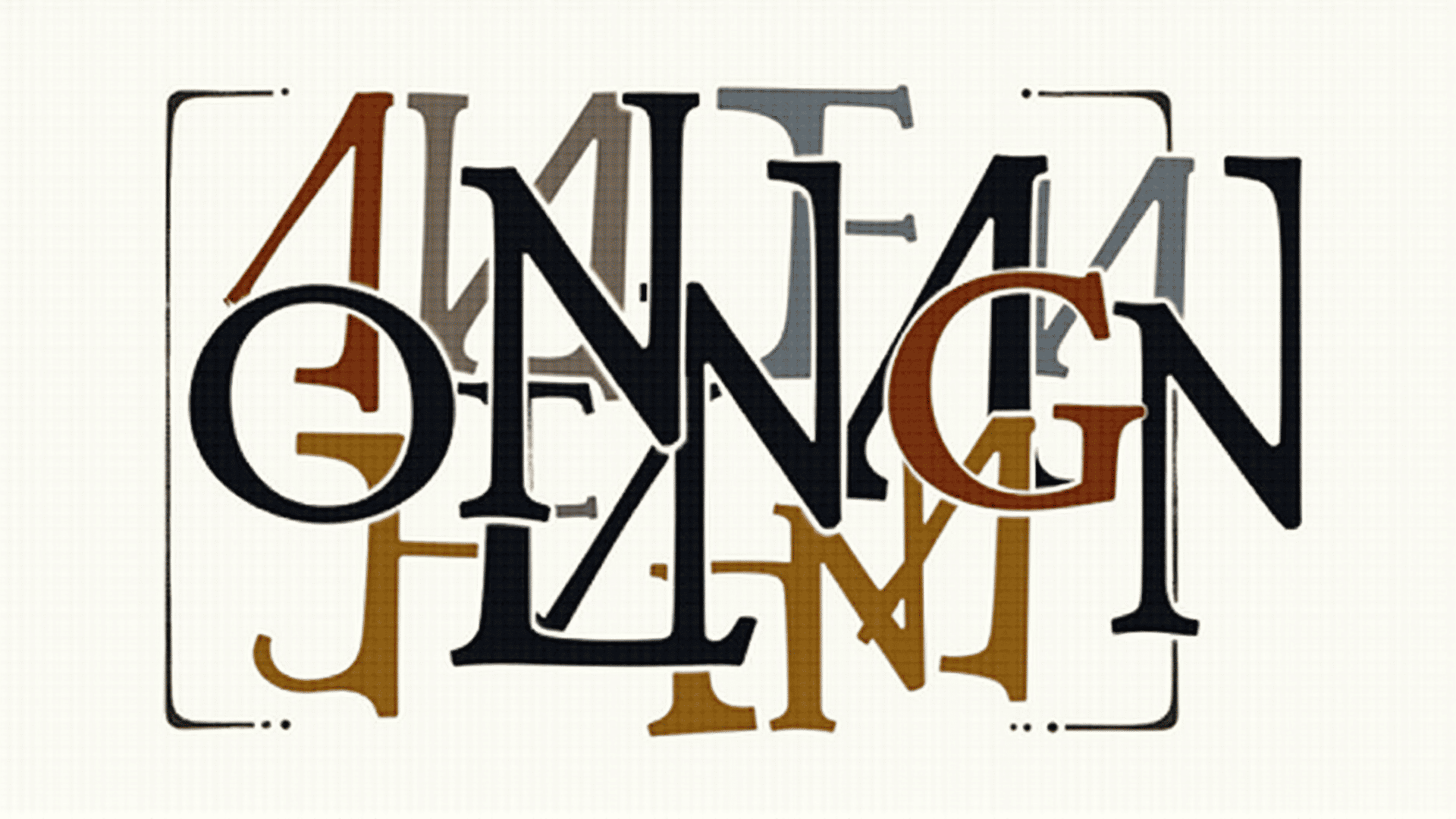Typography is an art form that transcends mere communication, encapsulating creativity, history, and emotion in every letter. From ancient manuscripts to modern digital displays, it has evolved significantly, shaping the way we perceive and interpret written content.
At its core, typography is about the style, arrangement, and appearance of printed matter. Yet, beyond this practicality lies a deeper purpose: to create an atmosphere and evoke a specific emotional response from the audience. Typefaces can influence the tone of a document, being as crucial as the words themselves. For instance, a serif font may convey tradition and reliability, while a sans-serif font often feels modern and clean.
The selection of typeface impacts how content is received and understood. It guides the reader’s eye, assisting the flow of information in a coherent manner. Typography plays a pivotal role in establishing visual hierarchy, which determines the importance of various text elements. Through variations in size, weight, and spacing, designers can lead the viewer seamlessly from one piece of information to another, ensuring that the message is communicated effectively.
Beyond its practical applications, typography holds an artistic quality. Each typeface has its own personality, born from the imagination of the type designer. This diversity allows creators to select fonts that align with the theme of a project, enhancing the narrative and enriching the audience’s experience.
The evolution of typography reflects cultural shifts and technological advancements. In the past, it was restricted to specialized craftsmen, but the digital era democratized its use. Today, numerous fonts are available to anyone with access to a computer, empowering individuals to express themselves with typographic flair.
Moreover, typography fosters a deeper connection with the audience. Typography is not just a visual tool but a vessel for storytelling, helping to convey subtle nuances and creating an immersive experience. Letters, after all, are not just symbols; they carry with them the weight of cultural expression and artistic innovation.
In conclusion, typography is a powerful element in communication that extends far beyond arranging letters on a page. Its ability to set the mood, guide the eye, and convey complex emotions makes it an essential tool in storytelling. Whether used in print or digital formats, typography is an enduring testament to the art of visual expression.
